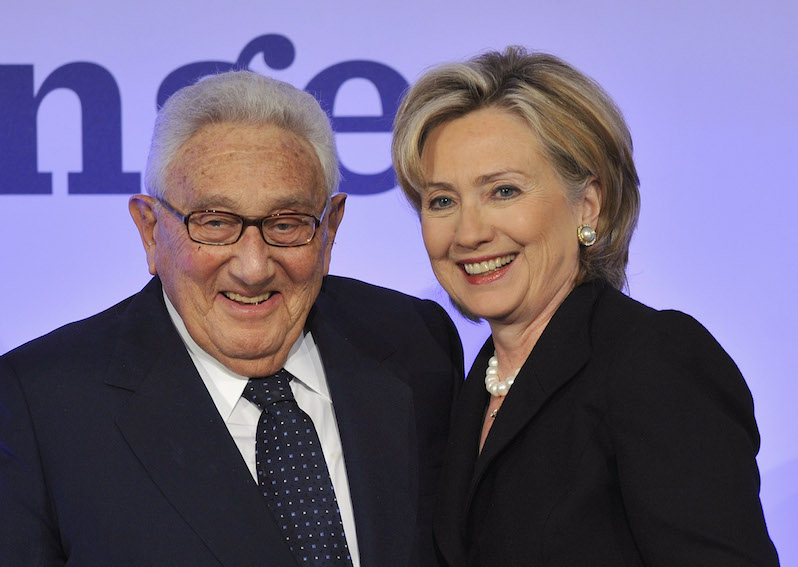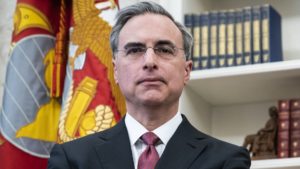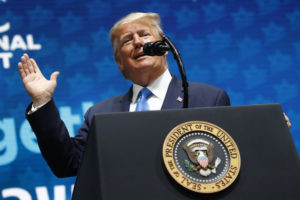Can Hillary Clinton Renounce Henry Kissinger?
As Californians prepare for a historic opportunity to choose the Democratic presidential candidate, here’s some background on why Clinton’s admiration for Kissinger should give them pause. Former Secretary of State Henry Kissinger is one of Clinton's mentors. (Gero Breloer / AP)
1
2
3
Former Secretary of State Henry Kissinger is one of Clinton's mentors. (Gero Breloer / AP)
1
2
3
Kissinger in light of Nuremberg
There is no statute of limitations on war crimes.
As the architect of a systematic pattern of worldwide aggression with an impact that may be unparalleled in modern times, Kissinger is a strong candidate for a U.S. war crimes trial, as demonstrated by a substantial and ever-growing body of documentation (see below).
Cambodia, where Kissinger planned an invasion, secret bombing and regime change in intricate detail, is the most frequently cited. These actions contributed, as Bernie Sanders charged, to the instability that led to the rise of the Khmer Rouge and a genocide that claimed t3 million lives. Of course, Cambodia was part of a much broader war theater—uncountable crimes were committed in neighboring Vietnam and in Laos.
Kissinger’s aggression was not limited to Southeast Asia. He has been charged with complicity in the murder of a Chilean general in preparation for the coup that would take President Salvador Allende’s life and open a period of repression and terror run with CIA complicity. Those efforts saw further expression throughout Latin America and even extended to the U.S., where Allende’s foreign minister, Orlando Letelier, was assassinated in Washington, D.C.
He supported similar actions in Bangladesh, Cyprus and East Timor, while supporting tyrants in Iran and South Africa. The world was Kissinger’s palette.
An indictment of Kissinger could rely on simple war crimes charges, with or without the crime of aggression. And it is not difficult to meet the “large and systematic actions cloaked with official authority” test that distinguishes crimes against humanity from war crimes or ordinary crimes.
Considering that Kissinger provided oversight to all covert CIA operations as chair of the “40 Committee,” he would hold official responsibility for war crimes committed under the Phoenix Program, which, in its design to destroy the enemy’s “civilian infrastructure,” resulted in the extrajudicial deaths of 20,587 by mid-1971, according to the CIA’s own testimony from William Colby.
The same would apply to CIA torture practice in Vietnam, the agency’s first venture into what would become a worldwide practice spanning four decades and four continents.
An inquiry into crimes against humanity could consider the purposeful generation of refugees. By the war’s end, Vietnam had 10 million refugees out of a total population of 18 million. Civilian deaths in Vietnam are thought to number between 354,000 and 2 million (former Secretary of Defense Robert McNamara estimated 1.2 million civilian deaths). This, in a war in which the United States, not the North Vietnamese, could be found to be aggressors in a court of international law.
The comments here barely scratch the surface of U.S. action in Southeast Asia. As the principal architect of Nixon’s Vietnam War policy, Kissinger has so many potential criminal charges to address that, if he was to be brought to trial today, the research period alone would probably exceed the life expectancy of the 92-year-old defendant.
But a trial of our elder statesman is not the endgame here. To borrow from international law expert Richard Falk, the purpose of a war crimes inquiry is not so much to punish individuals as it is “to expose, clarify and repudiate their conduct.” That repudiation has yet to occur. The consequences of that failure still reverberate.
Your support matters…
SUPPORT TRUTHDIG
Independent journalism is under threat and overshadowed by heavily funded mainstream media.
You can help level the playing field. Become a member.
Your tax-deductible contribution keeps us digging beneath the headlines to give you thought-provoking, investigative reporting and analysis that unearths what's really happening- without compromise.
Give today to support our courageous, independent journalists.






You need to be a supporter to comment.
There are currently no responses to this article.
Be the first to respond.